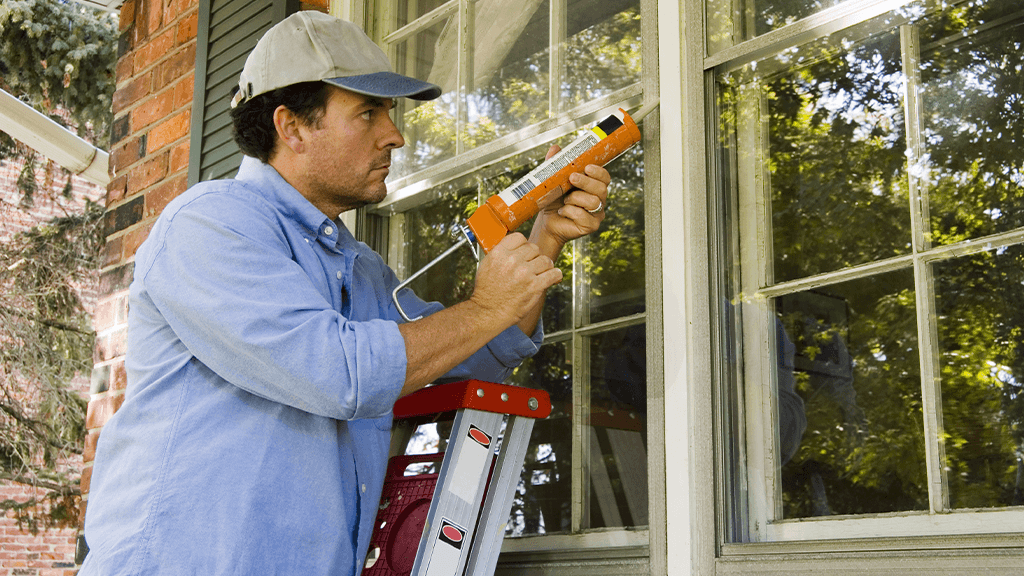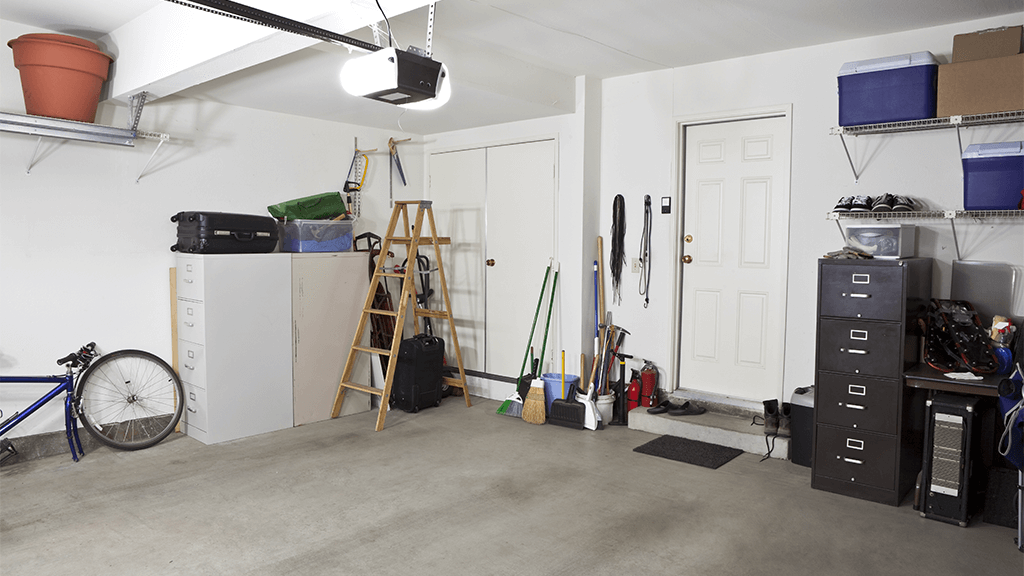5 Steps for DIY Pest Exclusion
As long as mankind has been cultivating food and building shelters, we’ve been devising new ways to protect our labors from harmful, intruding pests. Enter: pest exclusion.
STOP IT BEFORE IT STARTS
Exclusion methods involve creating a physical barrier that prevents pests from getting into places where they don’t belong. Even the smallest of gaps, cracks, and crevices can act as an open door for pests, and once they’re in, they’re difficult to get out.
Pests are not only unwelcome visitors, but their presence can also bring a slew of harmful bacteria, illness, and disease. The insects, spiders, rodents, and other small animals that come into our homes can contaminate the very food and water they’re seeking, often without us even knowing they’ve snuck in for a snack until it’s too late. Discovering and sealing off potential points of entry can go a long way in defending your home and garden from a total infestation.
HOW TO KEEP PESTS OUT
With some time, the right supplies, and these tips, you can effectively safeguard your space from pests by blocking their entry.
1. ADDRESS ATTRACTANTS
We wouldn’t stick around a hotel with no vacancy or a buffet without food, and pests are no different. Pests make their way inside because of the prospect of basic necessities and remain because of their availability. Loose spills, scattered crumbs, and standing water can bring in flies, ants, cockroaches, mice, rats, and more.
Take a second look around your home, garage, and garden for any possible—and often unintentional—pest lures. Ensure all food is stored in airtight containers, drops and spills are attended to swiftly, piles of debris are cleaned up, and standing water is inspected or removed completely.
2. GATHER THE RIGHT SUPPLIES
Not all cracks are created equal. Differently sized gaps and holes require different products to seal them. For gaps less than ¼ inch, a simple caulk job will be all you need. For larger holes, you may need wire mesh, spray foam, wood, or metal sheets, depending on the type of surface you’re trying to seal. Small holes that allow access to rodents can be filled with steel wool or exclusion fabric, while larger spaces may need to be mended with screws, new pipes or wires, and replaced building materials. Remember that any opening to the outside is a potential entry point for pests.
So before your trip to the hardware store, grab a notepad and take note of the places in your home and yard that need repair so you can buy the appropriate materials. Be sure to check baseboards, corners, vents, near pipes and wires, and around windows, fences, and doors.

3. MAKE REPAIRS
After discovering the gaps and acquiring the necessary materials, it’s time to start patching. Many pests such as rodents and spiders can climb, so grab the ladder to repair the areas above you, such as light fixtures, beams, and crown molding as well.
Address any spots with unnecessary moisture and repair the problem promptly, as these areas can attract pests such as termites, cockroaches, and silverfish. Some tasks might be too tall an order, however, and so if a leaky pipe proves to be too much, don’t be afraid to call in a professional.

4. CREATE BARRIERS
If areas are too large to be sealed off, or if pests are getting into your plants or vegetable garden, there are other solutions to employ. Gardens can be covered with cages or mesh barriers to prevent birds or other foraging animals from feasting on your tomatoes. Plants grown in raised beds discourage smaller pests from climbing up to eat. Place strong fencing around your home and garden to deter animals from coming into your yard.
For your home, window screens and weather stripping are vital for preventing bugs from sneaking under or through doors and windows. And if you’re ever putting up plywood or metal sheets as a temporary window or door barrier, be sure the seams are sealed tightly together to create the most effective barrier.
5. USE TRAPS
To check that your exclusion methods are working, you can place traps such as glue boards near walls and around the perimeter of your home to monitor potential pest hotspots. Any traps capturing lots of pests is a good indication that there’s an open entry spot nearby. Grab your supplies and take another look around, quickly sealing up gaps as they’re discovered. Be sure to follow the instructions on the label when using traps so you place them safely and correctly.
The presence of any pest is not only annoying but can be dangerous and destructive if left unchecked. Exclusion methods can often be done on your own with materials you can pick up at the hardware store. To supplement your exclusion methods, our year-round pest control plans ensure that your home is safeguarded from pests. Our trained field experts can locate entry points, identify the exact intruding pest, and treat for them using pet- and family-friendly products. Call us now to get started.



